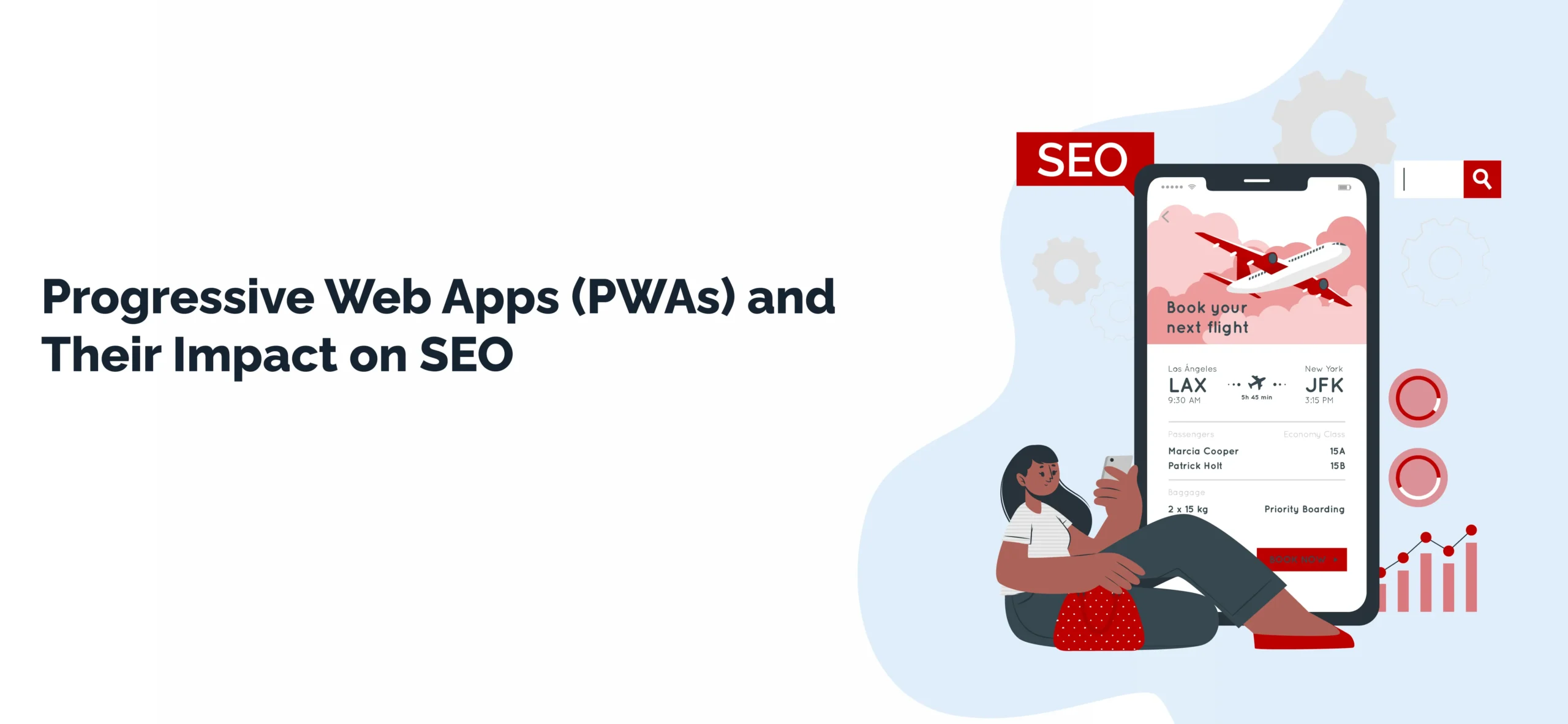In the fast-paced ocean of digital marketing and web innovation, staying afloat just won’t cut it—you’ve got to catch the big waves to make a real splash. Progressive Web Apps (PWAs) have taken center stage in 2025 as one of the most exciting technologies shaking up how businesses connect with their audiences online. A seamless blend of websites and native apps, PWAs promise to take your SEO efforts from a gentle paddle to a full-throttle ride. Curious about how PWAs affect your SEO and why they’re quickly becoming a marketer’s secret weapon? Sit tight and let’s dive into the full story with plenty of practical insights and some flair to keep things lively
What Are Progressive Web Apps (PWAs)?
Think of a website that loads in a flash, feels like a native app on your device, sends timely notifications, and even works offline when the internet falters. That’s a PWA—a site on steroids that delivers all the perks of an app without the hassle of downloading from an app store. Using modern web tech like service workers, web manifests, and JavaScript, PWAs offer an app-like experience accessible across any device or browser. Convenience and engagement? Check and check.
How PWAs Stand Out from Traditional Websites and Native Apps
Traditional websites can sometimes feel slow, especially when accessed on mobile networks. Meanwhile, native apps offer speed and features but require users to jump through hoops with downloads and updates. PWAs hit the sweet spot between these two extremes. They’re built to load quickly—even on flaky connections—work offline, and offer the ability to be saved on a home screen. This means your audience is just a tap away from your brand, no lengthy downloads required.
SEO Benefits of PWAs: Why They’re Worth Their Salt
If content is king, user experience is the crown that seals the deal. Search engines want to serve up fast, engaging, and reliable sites—and PWAs deliver exactly that. Here’s why they rate highly in today’s SEO landscape:
- Speed Is the Name of the Game: The saying goes, “Time waits for no one,” and neither does your website visitor. PWAs leverage caching via service workers to load pages at lightning speed, enhancing user satisfaction and ticking all the right boxes for Google’s Core Web Vitals. Fast sites keep visitors around, and search engines reward you for that.
- Mobile-First Excellence: With more browsing happening on mobile than ever before, Google prioritizes mobile-friendly sites in its rankings. PWAs are inherently responsive and adapt beautifully to different screen sizes. This gives your site a clear edge in the mobile-first world.
- Power of Offline Access: Imagine your customers still getting key information even when their Wi-Fi goes kaput. PWAs do just that, thanks to cached content. This resilience keeps users engaged when competitors’ sites might leave them high and dry.
- Engagement Through Push Notifications: Keeping users coming back is an uphill climb, but push notifications are your trusty rope. PWAs can send timely updates that encourage repeat visits and increase interaction time—a sure sign to search engines that your site matters.
Technical SEO Tips for Making Your PWA Search-Friendly
Building a PWA is just the first step; optimizing it for search engines takes a bit more finesse:
- Rendering for Robots: Search engines can crawl JavaScript, but it’s wise to use server-side rendering or prerendering so your full content shows up clearly in search results. Don’t leave your site’s visibility up to chance.
- Meta and Markup Basics: Titles, descriptions, and schema are still your guiding stars. They help search engines understand your pages and can earn you rich snippets that stand out in search listings.
- Avoid Duplicate Content: If you have both a PWA and a traditional site version, canonical tags prevent you from getting penalized for duplicate content. It’s like giving search engines clear directions on which version to pay attention to.
- Manifest and Service Worker Care: Your manifest controls how your app looks once installed, and service workers manage caching. Proper setup here prevents outdated content from tripping you up.
How PWAs Influence User Engagement and SEO Signals
SEO is a two-way street between you and your audience. PWAs enhance this relationship by:
- Lowering bounces since users aren’t left twiddling their thumbs waiting for pages to load
- Increasing the time people spend on your site thanks to smooth, interactive experiences
- Turning first-time visitors into loyal fans with push notifications and offline option
Search engines keep a keen eye on these behaviors—they’re a silent endorsement that your site delivers value.
PWAs and the Voice of Search: Staying Ahead of the Curve
Voice search is no longer the future—it’s the now. PWAs, with their quick loading times and smooth interfaces, match up perfectly with voice assistants that expect fast, clear answers. When users ask their devices questions, PWAs are geared to provide those answers in a snap, helping you show up front and center in this growing channel.
Real-Life Wins: PWAs Making Waves in the Business World
- Twitter Lite: Shaved 20% off bounce rates and bumped up page views by 65%. Proof that fast, engaging PWAs keep people hooked.
- Alibaba: Saw mobile conversions leap by 76%, showcasing how PWAs boost sales through speed and ease.
- Forbes: Experienced a sixfold increase in user engagement after launching their PWA, highlighting the value of superior browsing experiences.
These success stories prove that PWAs are more than just tech buzz—they’re powerful tools that deliver real results.
How to Optimize Your PWA for SEO and Beyond
Ready to turn your PWA into a search powerhouse? Here are some must-dos:
- Set up service workers to cache key content and enable offline use
- Use server-side rendering or prerendering so search engines catch every word
- Employ structured data to help search engines decode your pages
- Write thorough, user-focused content that meets search intent
- Keep a close watch on Core Web Vitals and act fast on issues
- Deploy push notifications wisely to draw users back without pestering them
- Optimize for conversational queries and natural language to catch voice search traffic
- Make sure your PWA looks and works great on all devices
Busting the Myths Around PWAs and SEO
There’s a common belief that PWAs are tough to build or don’t play well with SEO—nothing could be further from the truth. With the right tools and strategies, PWAs can be made SEO-friendly without pulling teeth. And as search engines get smarter, they’re rewarding PWAs that are built with users and bots in mind. It’s a classic case of “no pain, no gain”—the up-front effort pays off in spades.
Looking Forward: Why PWAs Are Your Best Bet for SEO in 2025
As search engines evolve and users expect nothing short of excellence, websites that deliver speed, reliability, and engagement will soar. PWAs not only match these demands, they set the standard. If you want your digital presence to ride the crest of innovation and leave competitors in your wake, it’s time to seriously consider adopting a PWA.
Remember: “The early bird catches the worm,” and in digital terms, the faster your site loads and the better it engages, the higher you’ll climb in the search rankings.




